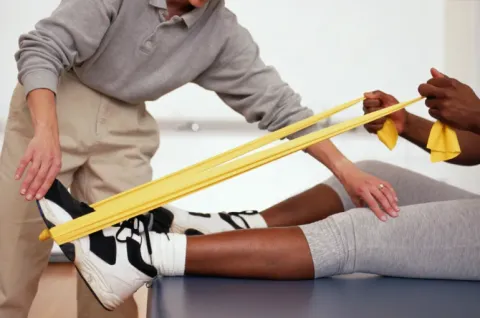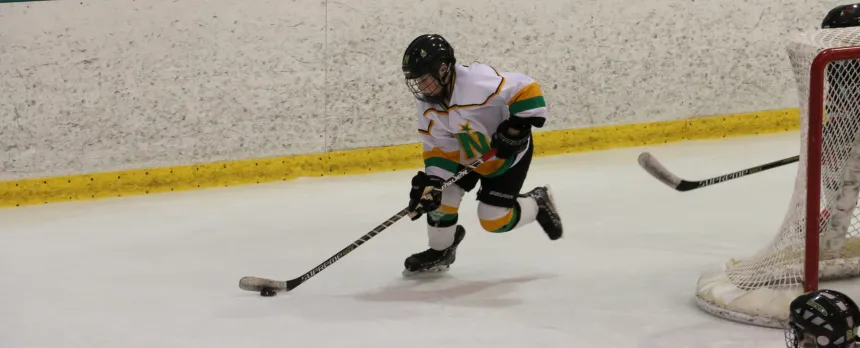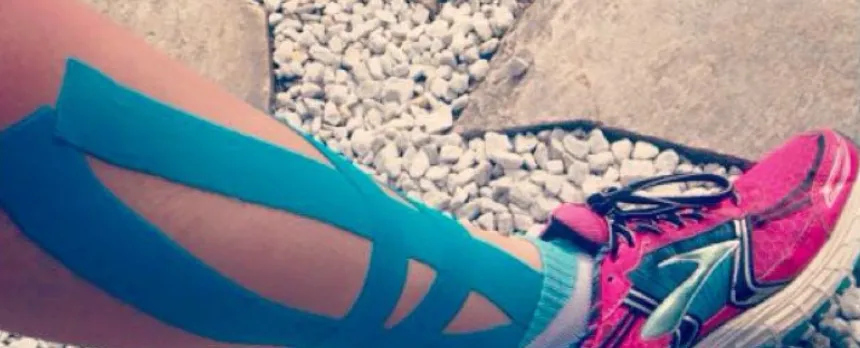When Exercise Leads to Injury

If you're working out on a regular basis, odds are you do it to lead a healthy lifestyle. But what happens when working out leads to injury? Sprains and strains are a common injury for anyone with an active lifestyle. If you play sports, you'll probably find yourself in the predicament of suffering a sprain or strain from an injury to the muscle, ligaments or tendons. The good news is that they are often easy to treat in mild cases, but it's also important to know when a sprain or strain has become severe enough to require a doctor or urgent care.
Sprains Versus Strains
The difference between sprains and strains is mainly what is injured and how it's injured.
Sprains are caused by the overstretching or tearing of ligaments that connect bone to another bone in the body. This could happen when you fall or get a blow to the body, resulting in pain from the afflicted area and inflammation, bruising and instability.
Strains occur when the muscles and tendons are overstretched. This could happen when you fail to warm up before exercise but can also be caused by sudden twisting or overstretching of a muscle due to a fall or sudden movement. Some symptoms may include pain, inflammation of the muscle and muscle weakness.
Treating Injuries at Home
In mild cases, sprains and strains can be treated from home using the RICE method (rest, ice, compress, elevate) for a few days. These steps can decrease pain and promote the healing process, but sometimes that may not be enough. It may be necessary to use an over-the-counter pain medication, such as ibuprofen or acetaminophen.
Rest - Reduce or stop activities that cause pain to the afflicted area. Avoid the use of slings or crutches unless advised by a health care provider as this can lead to joint stiffness and additional weakness.
Ice - Ice the area for twenty minutes at a time. Be sure to use a towel between the ice and skin to protect your skin.
Compress - Use a bandage or sleeve to lightly compress the injured area. What does compression do? It helps lessen swelling and enables more oxygen and nutrients to the area, which means faster healing.
Elevate - To further avoid swelling, elevate the area to keep it above the level of your heart.
When To Visit Urgent Care
For serious injuries, you may need medical help. If you are unable to see your primary care physician quickly, an urgent care center can help you if:
- You can't walk, but you can put pressure on the area
- You heard a popping sound during the injury
- The area is numb or you're unable to move it
- There is significant swelling, pain, open wounds or fever
If there's immediate bruising to the area, significant weakness or signs of deformity, it's recommended that you go to an emergency room for care. It's possible that there may be nerve injury or a broken bone that requires a higher level of care.
Note: The content of this blog is for informational purposes only. It is not intended for use as diagnosis or treatment of a health problem or as a substitute for the professional consultation of a physician or qualified health care provider. If you have specific questions or concerns regarding a health or medical condition, contact your physician or a licensed health care professional.



